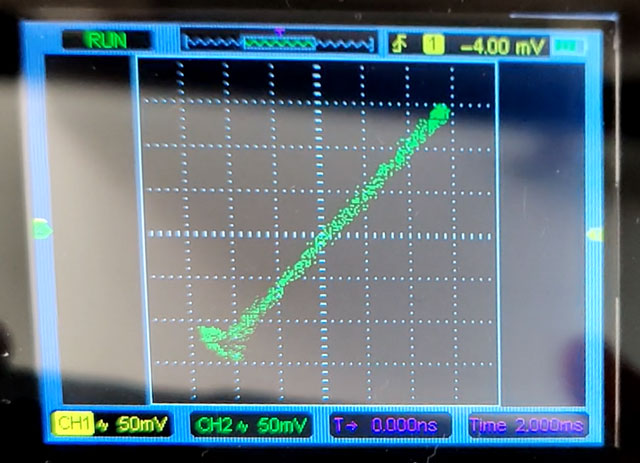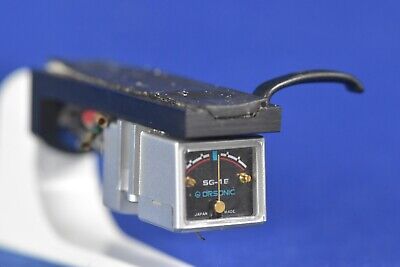Mike42
Heard it all before...
Anyone else on here not use it and still manage to sleep at night?
I dislike the 'heath robinson' VPI fishing line anti skate contraption, so don't use it. I don't hear any distortion but that might be cos my hearing isn't perfect. The chap at SoundSmith says its simple physics, even if you dont hear any distortion its irrevocably damaging your records and stylus
I dislike the 'heath robinson' VPI fishing line anti skate contraption, so don't use it. I don't hear any distortion but that might be cos my hearing isn't perfect. The chap at SoundSmith says its simple physics, even if you dont hear any distortion its irrevocably damaging your records and stylus



